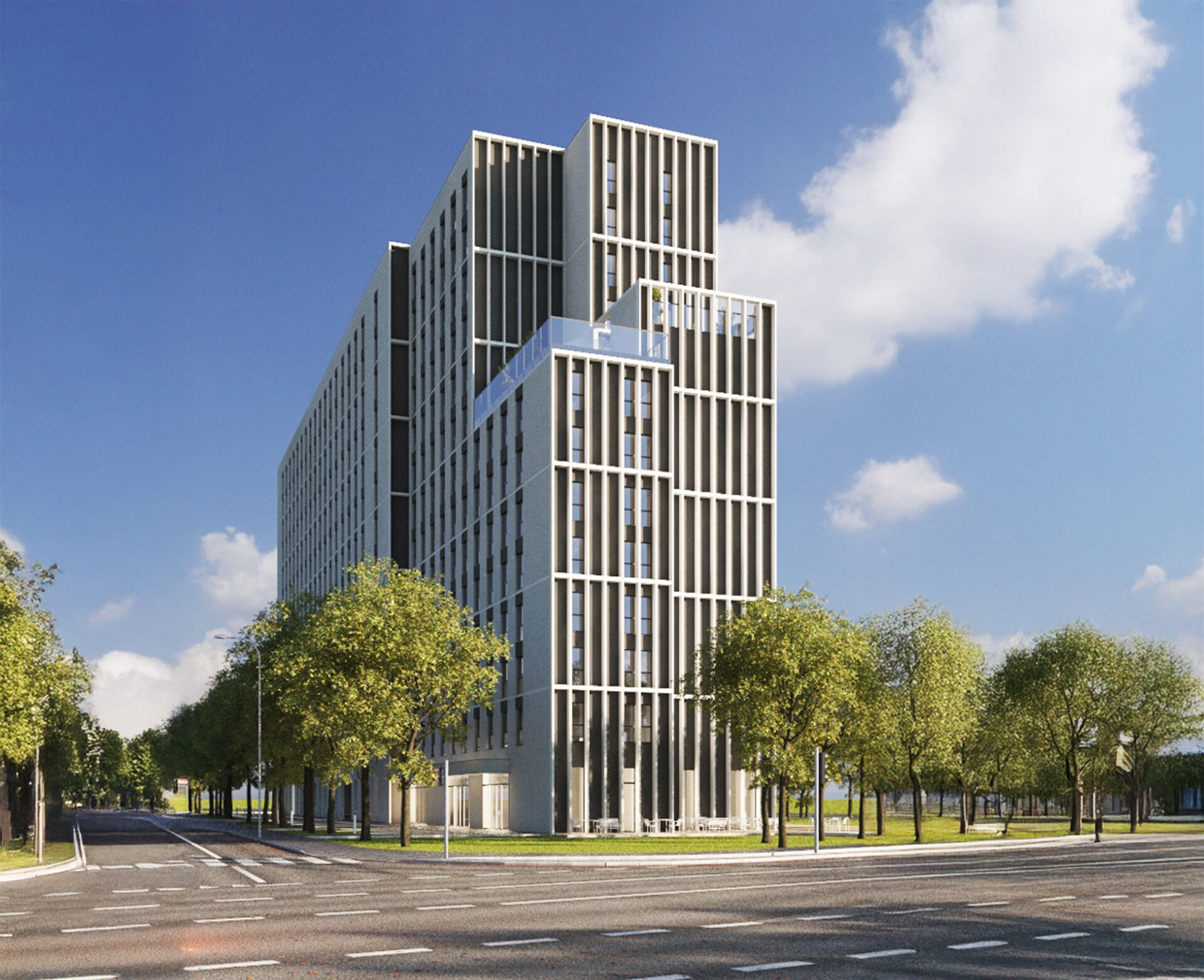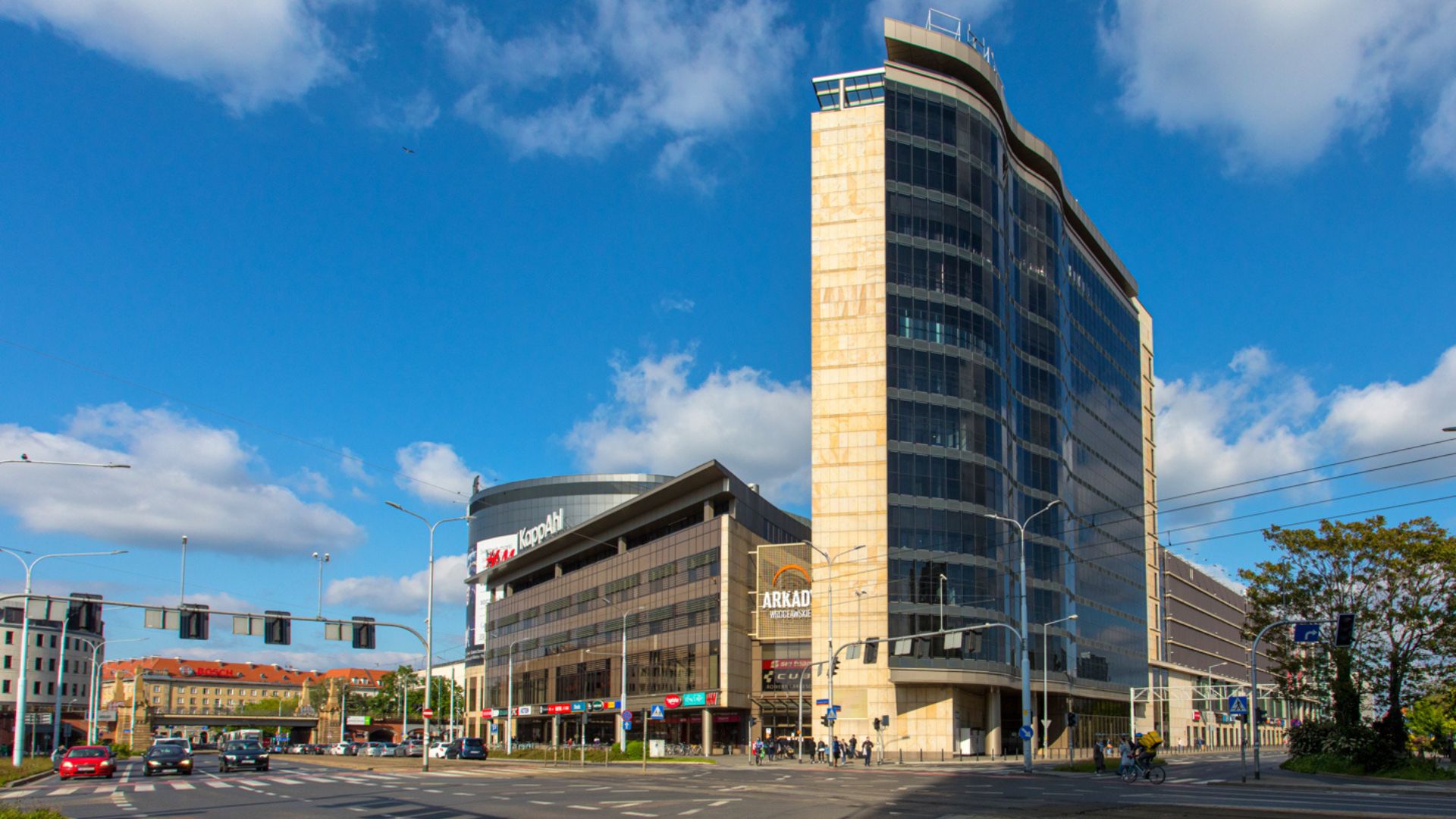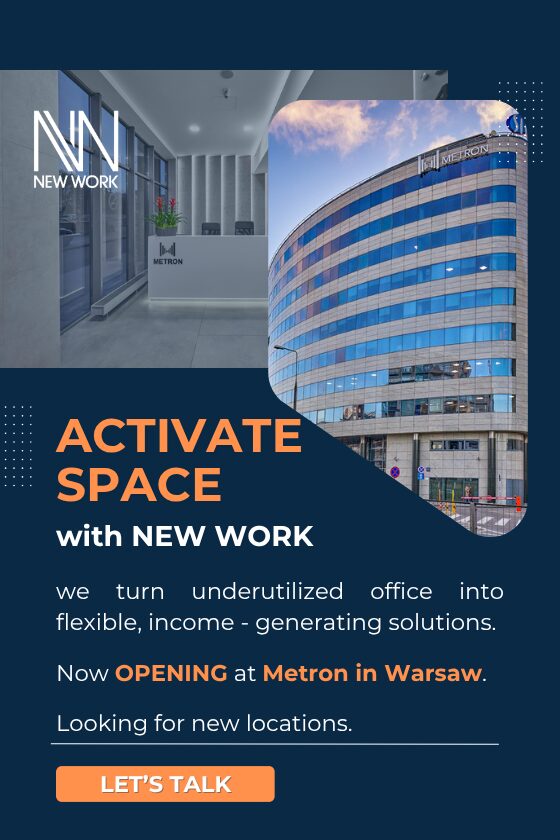It looks like the closing months of this year are set to see hectic activity on the investment market. Investment funds and developers are busy looking for real estate assets, commissioning valuations and closing transactions. Urszula Sobczyk, Co-Head of the Valuation Department, Cresa Poland speaks about the current situation on the Polish real estate market.
What type of commercial properties enjoys the strongest investor interest? Which market segment is the most expensive? And what can you buy most cheaply?
Urszula Sobczyk, Co-Head of the Valuation Department, Cresa: “There’s strong demand practically across all market segments. Pricing remains elevated, but Poland continues to offer much higher returns than Western Europe. Prime retail yields stand at about 5 percent, while office and industrial yields are at approximately 5.25 percent and 6.5 percent, respectively. Lower prices are likely in the case of ‘distressed’ properties such as underperforming shopping centers, older office buildings with high vacancies or lands without a regulated zoning status.
By contrast, healthy demand keeps prices of relatively low-risk investment products generating stable streams of income at a high level. This is due to the large money supply on investment markets both in Poland and globally.”
How long will this last?
“In our opinion, we are nearing a point where capital values will cease rising as a result of yield compression on the commercial real estate market.”
What do investors who order valuations expect today? What do they consider in assessing real estate potential?
“Clients who order valuations are increasingly interested in in-depth analyses of real estate markets, including the current and future competition. They also expect a thorough analysis of long-term real estate metrics such as vacancy rates, operating costs per square metre with reference to market benchmarks.
In our valuation reports we also include SWOT analyses to identify strengths and weaknesses of a valued property, as well as market opportunities and threats. In the past, SWOT analyses were only added to valuation reports prepared for banks or at a client’s express request, now they are a standard component for us.”
How has the investor attitude evolved over the past decade? What are your clients talking about now?
“Real estate buyers have clearly grown a lot more selective, particularly in the retail sector. Ten years ago most retail schemes recorded good or outstanding performance. There were few cases of shopping centers underperforming, and most new retail schemes delivered to the market were nearly bound to be successful due to low market saturation. Today, the situation is different: the market is hugely differentiated and it is necessary to prepare detailed analyses of all investment alternatives.”
What’s the most expensive commercial property you’ve ever valued?
“In 2017 we valued a property worth nearly €500 million, our highest valuation this year. However, throughout our professional career we have valued or supervised valuations of properties ranging between €600 and €700 million per asset and property portfolios with estimated values of €1-1.5 billion.”
Property valuers working in advisory firms are said to know exactly what is available on the real estate market and for how much, and they also know the actual transaction prices. But everything’s secret. What can you actually share with others?
“That’s true, and it’s due to the way we work and to regulations in force. Valuation reports precede sales or a change of the financing entity. Property valuers know the details of transactions, but cannot share them.
In accordance with legal regulations and professional standards, we are obliged to keep secret all the information obtained during the valuation process. And it doesn’t matter whether this is regulated in a contract on preparing a valuation report or not.”







